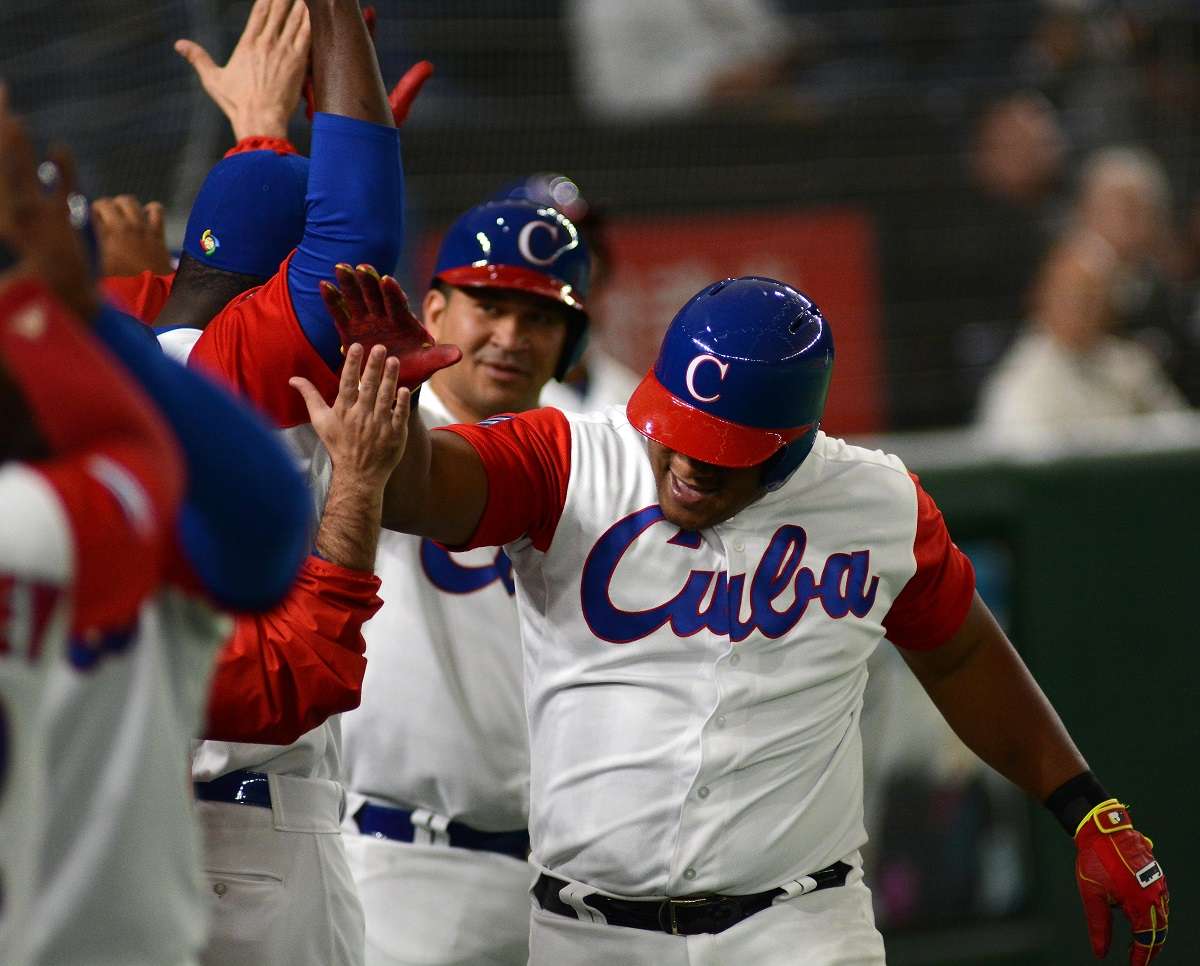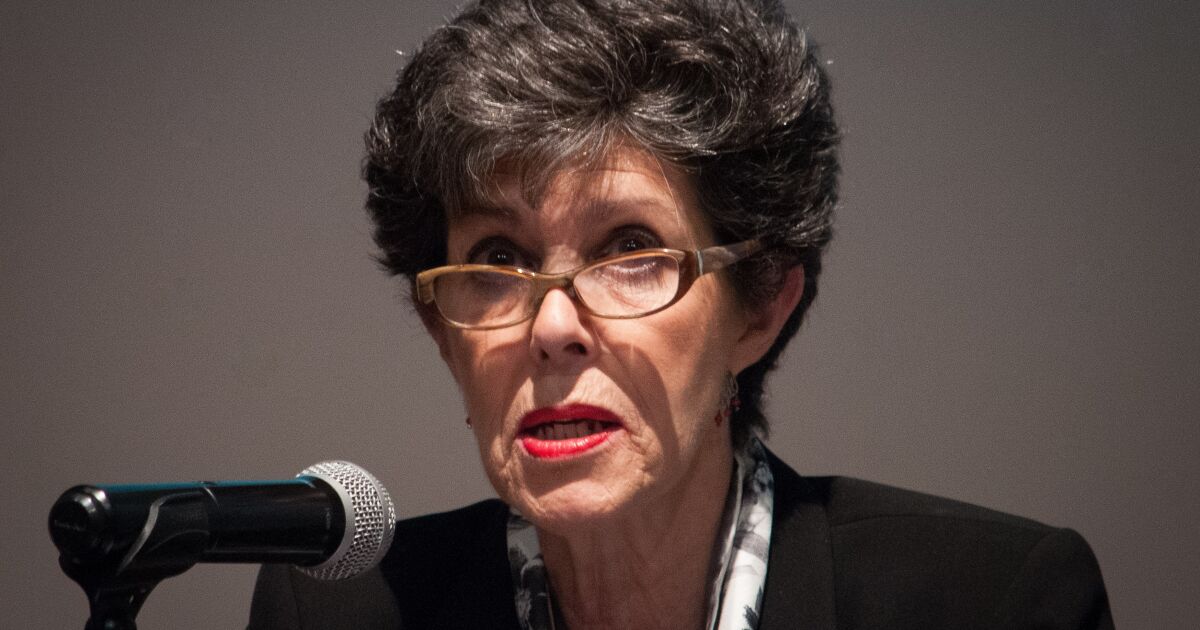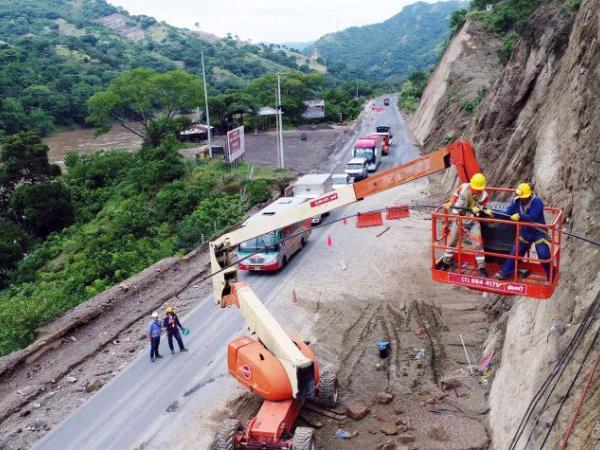Between 2013 and 2017, hundreds of Cuban baseball players left the country, most of them to try their hand at professionalism. The data, devastating, is the clearest expression of the greatest exodus in the history of baseball on the island, which was losing the main figures of several generations. New promises, mature players in the final stretch of their careers and others installed at the top left the country en masse through the most dissimilar routes, which completely dynamited the nucleus of the national team towards the fourth edition of the World Classic, where we would have been able to reach the semifinals if we had all that talent.
The Gurriel brothers, José Abreu, José Adolis García, Raisel Iglesias, Luis Robert, Yoan Moncada, Jorge Soler, Yasiel Puig Héctor Olivera, Yasmany Tomás, Erisbel Arruebarrena, Rusney Castillo, Odrisamer Despaigne and Ariel Miranda are some of the names that would have located that ninth on another step.
However, the departure of these stars, coupled with the death of Yadier Pedroso and Miguel Alfredo González, left an orphaned team of talents, forced to renew and recycle players far from the level and demands of the tournament. Only Alfredo Despaigne, in full sporting maturity, grabbed headlines as the undisputed leader and responsible for carrying the full weight of the squad.
For lovers of Cuban baseball in any corner of the planet, for those of us who live for it and not for it, it was very difficult to feel such a harsh and crushing reality. After enjoying so many days of glory, it was hard to accept that our battle in the Clásico would only be limited to advancing to the second phase, although we were aware that, due to the level of the ninth, a step further was impossible.
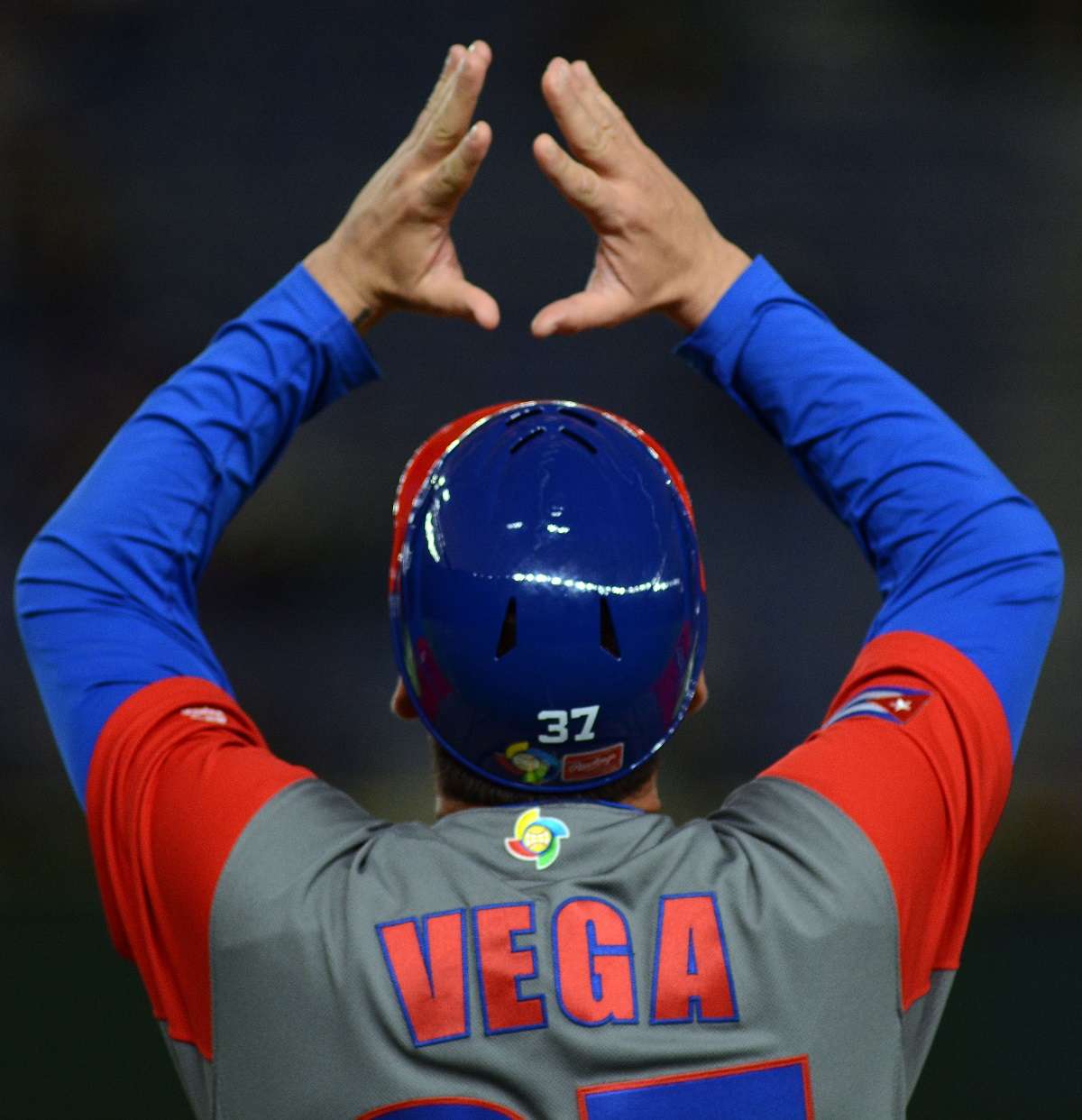
Everyone focused on keeping Cuba as one of the four teams that had always made it past the initial round of the tournament, along with Japan, the United States and Puerto Rico. It was a commitment to history, and neither the team management nor the players wanted to be the first to not reach at least that level.
For the selection of the island, the path was clear. In the imposing Tokyo Dome of the Japanese capital, the West Indians faced China, the hosts and the always uncomfortable Australians, a group adjusted to our reality and in which we had options to beat the kangaroos. The prediction indicated that the second place of the key would be defined against them. And so it was.
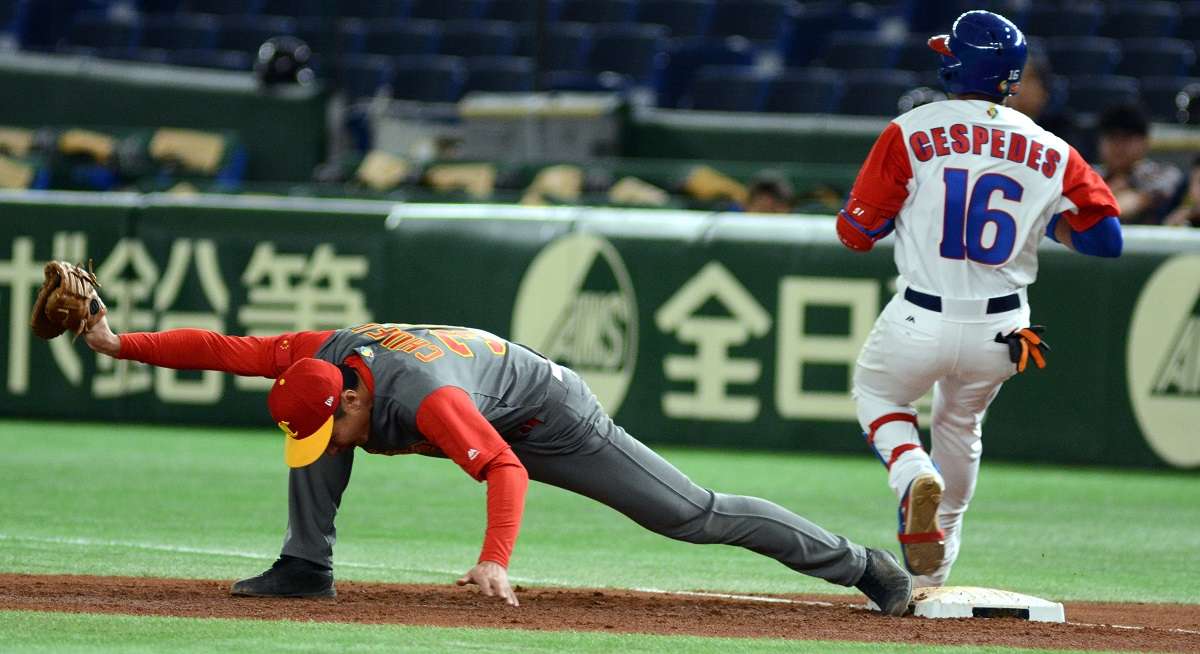

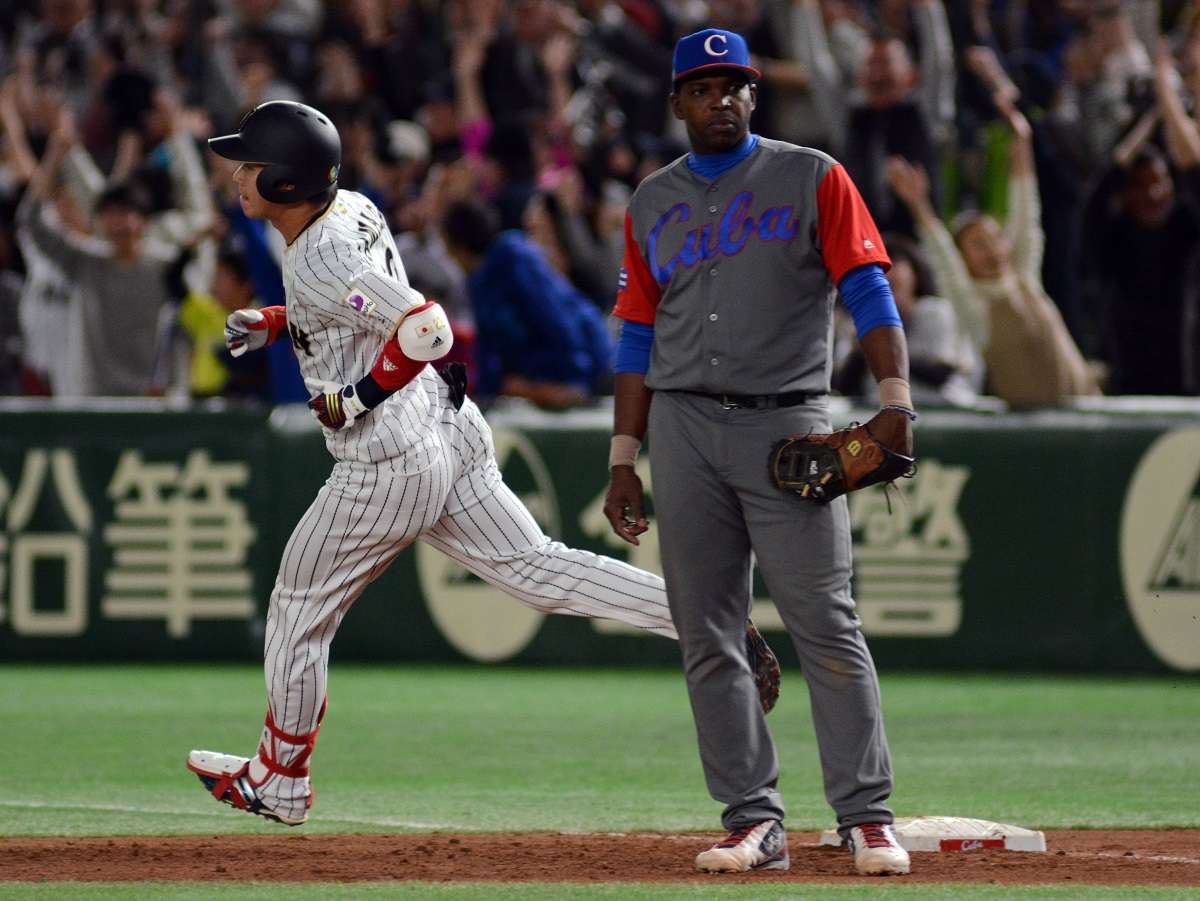

Taking this into account, the Cuban high command visualized the route: we defeated China, we lost to Japan and we risked it with Australia. Everything was studied and planned from Havana, not without some questioning and contradictions with the press about whether it was pertinent to bet on a single game, even saving the best pitching card for that game at the end of the first round.
But it was the strategy adopted, with Lázaro Blanco from Granma as the sign and saint of the hill, carrying on his arm the dreams of an entire country and its history. In addition, to give the Australians the lunge and jump to the second round, one of those opportunities that baseball always offers was expected.
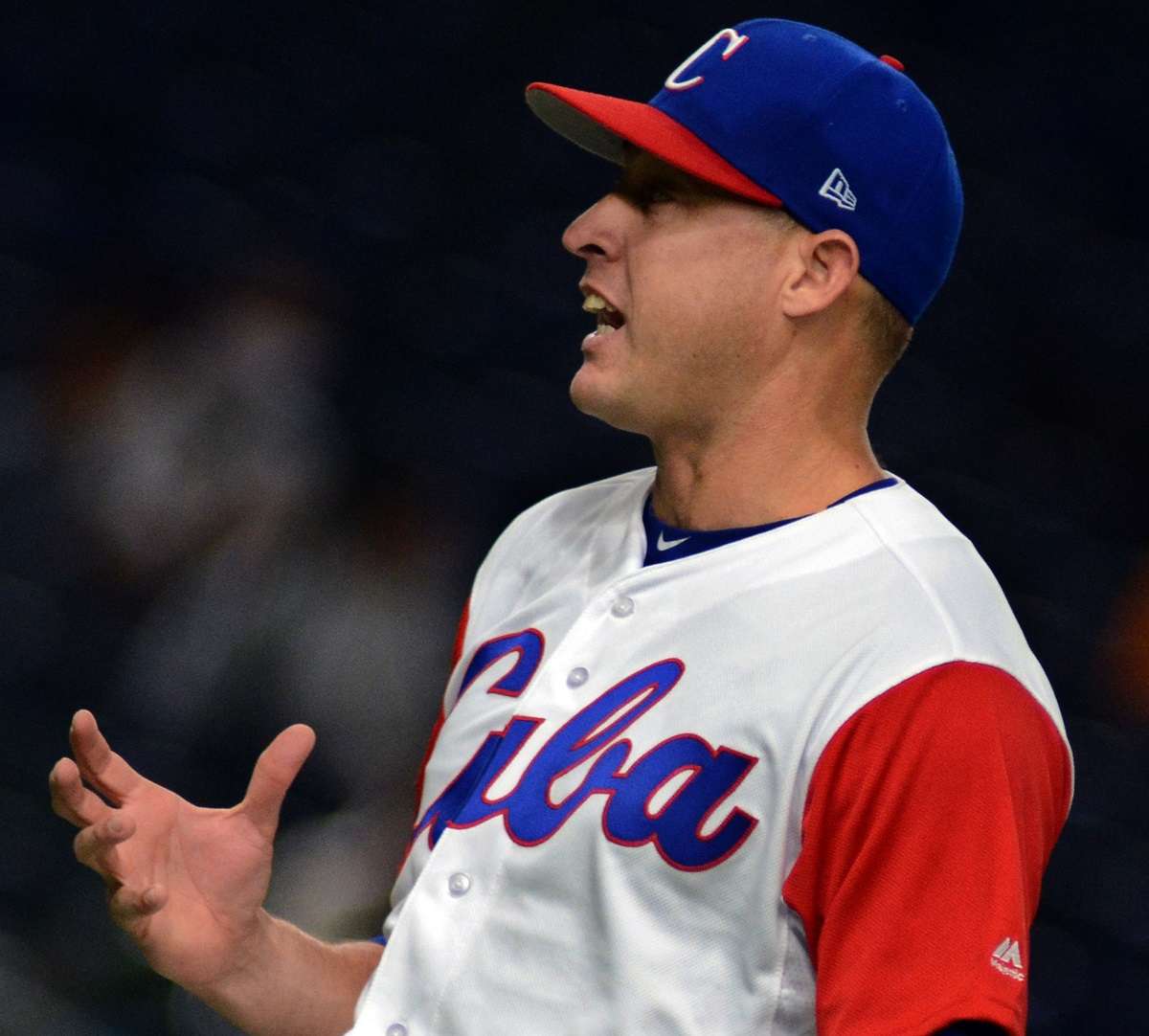



The duel was somewhat tortuous at the beginning, because the rival starter, Warwick Saupold, threw four innings without being tickled. To make matters worse, in the fifth round Australia took a minimal advantage and immediately the worst omens were unleashed in the minds of the Cubans. However, in the Tokyo Dome someone remained with astonishing calm: the mentor Carlos Martí.
After so many years as director, the man from Granma knew that his team’s offensive clarion call would not be long in coming. At the end of the fifth, after two outs, Roel Santos hit a jit that returned the shine to the looks of the West Indian bank; Alexander Ayala imitated him, and then the chorus arose: “It’s now, it’s now!” I confess that at that moment he thought he was watching an old movie from other glorious times. It was a deja vu collective.
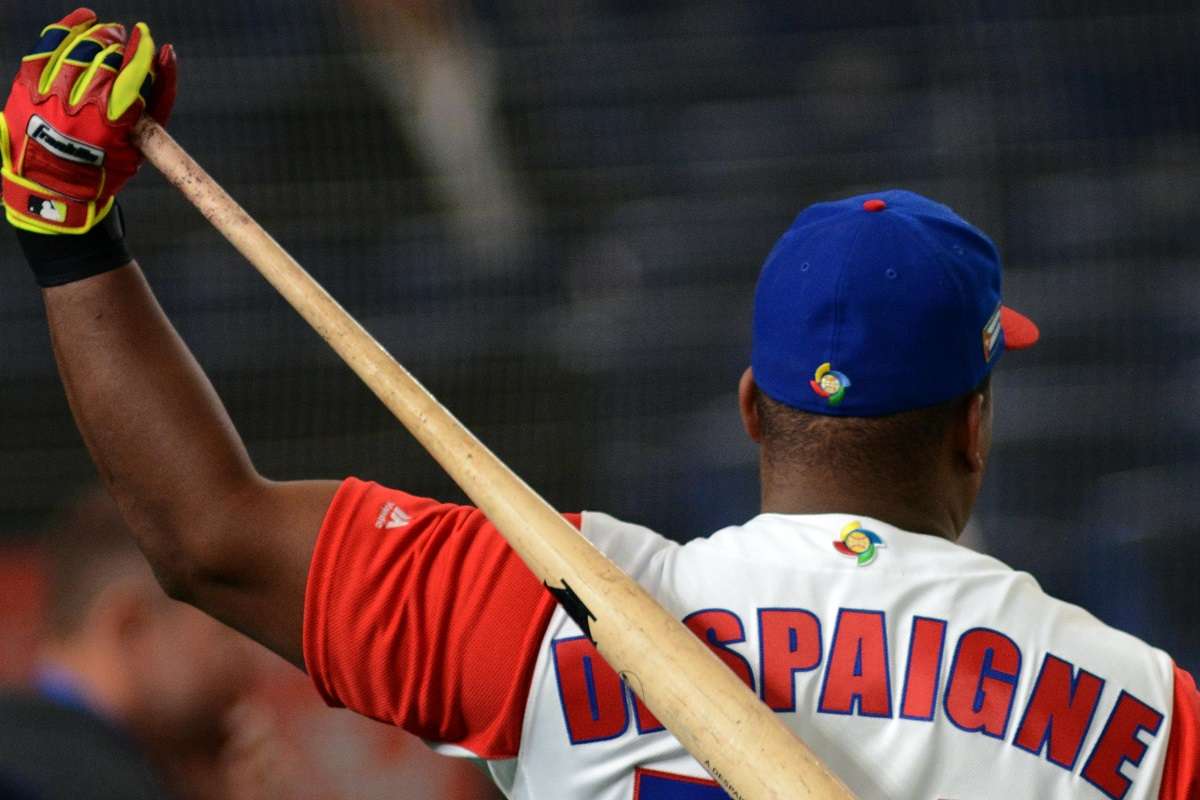



With two men on base, Frederich Cepeda showed the mastery that characterizes him and took a walk that set the stage for Alfredo Despaigne, the man who knew from the start of the tournament that he would have the chance to materialize a dream with just one swing. I remember that I focused my attention on the slugger who wore the number 54 on his back and never took his eyes off pitcher Lachlan Wells, Australia’s first reliever.
Despaigne had it figured out and was ready for the final blow. While Cepeda advanced to first, “El Gordo” took a while to get out to the batting box, he looked at the sky, breathed as deeply as he could, put the bat to his mouth and whispered something to him that we will probably never be able to publish.
The pitcher was looking for some sign on his bench that would give him the light to face the moment. Its director could only, from a distance, clap his hands and look at the sky seeking divine support to face an imposing Despaigne.
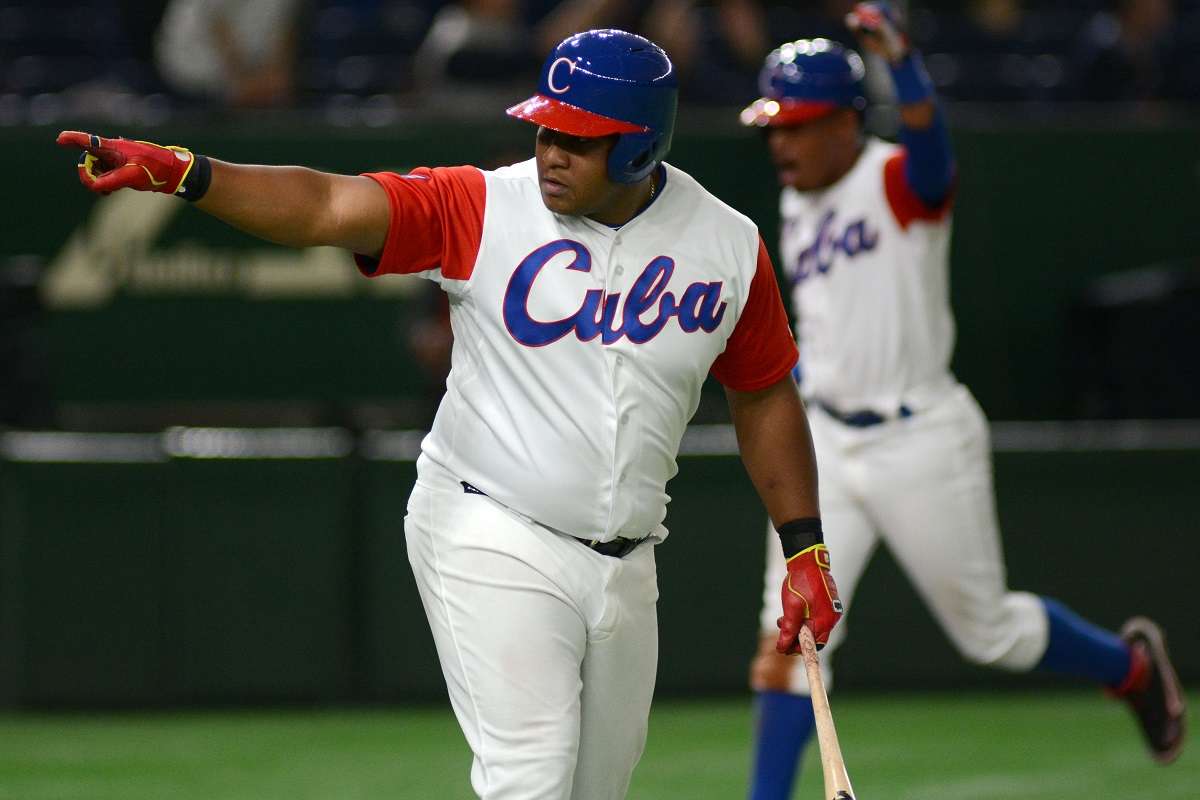



To understand what is lived on a bench, in the ball field, in the soul of the protagonists: when counting two balls and a strike Wells released the ball, from the Cuban bench —grouped and exalted for the moment as if it were the best choreography— they raised their arms and everyone held their breath.
The contact of the bat with the ball was the unequivocal sign of victory, the prophecy was fulfilled: a home run with a full pot.
The cries of “Yeah!”, “Animal!” and “Horse!” were heard throughout the stadium. There was almost half the game to go, but we already knew we were in the second round. Alfredo brandished his bat, pointing towards his bench like the bullfighter who dominates the beast and shows his ears as a sign of triumph.
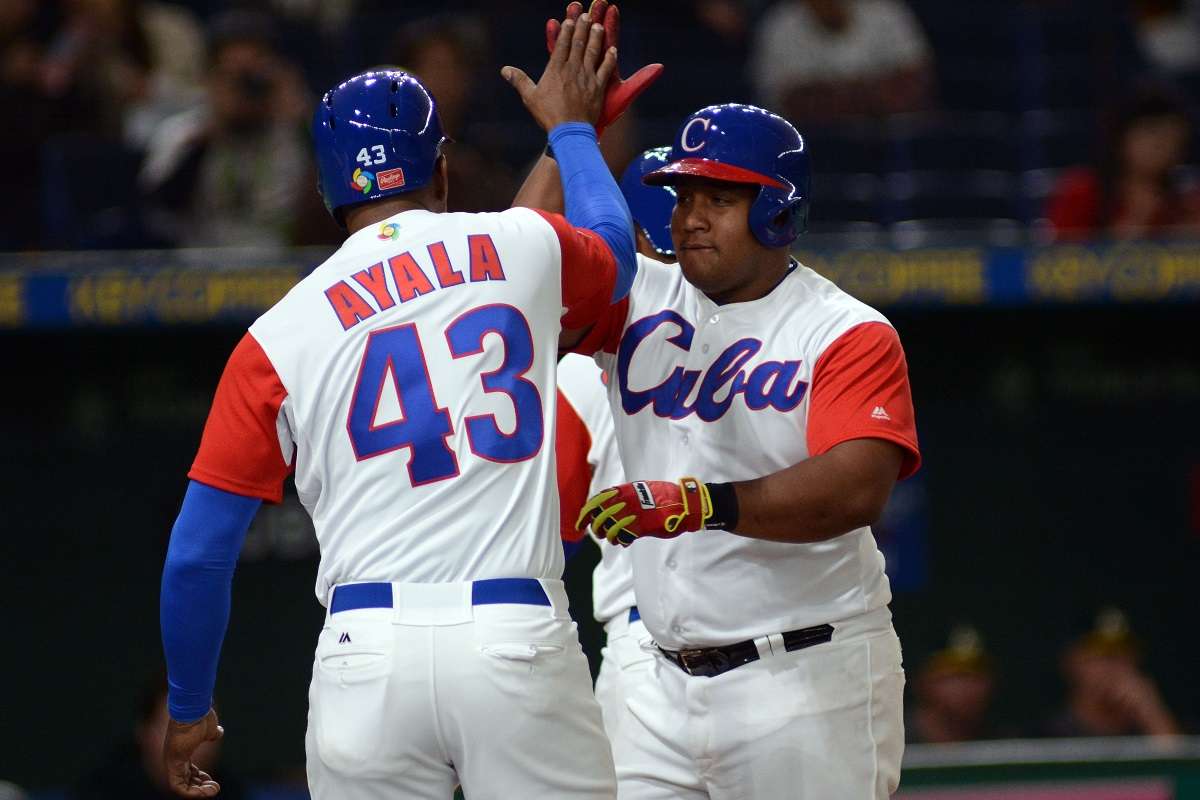



I, containing the adrenaline of the moment, eagerly searched with my lens for the face of Carlos Martí among so much happiness in the bank of Cuba. I found him still sitting, peaceful. In a moment, he discovered me and touched the visor of his cap, smiling, with the tranquility of the wise.
The rest is history. The kangaroos came to hit the game after exploiting several of our pitchers, until Miguel Lahera arrived and led us all to give birth to a heart. That was our final of the fourth Classic and we had won it.
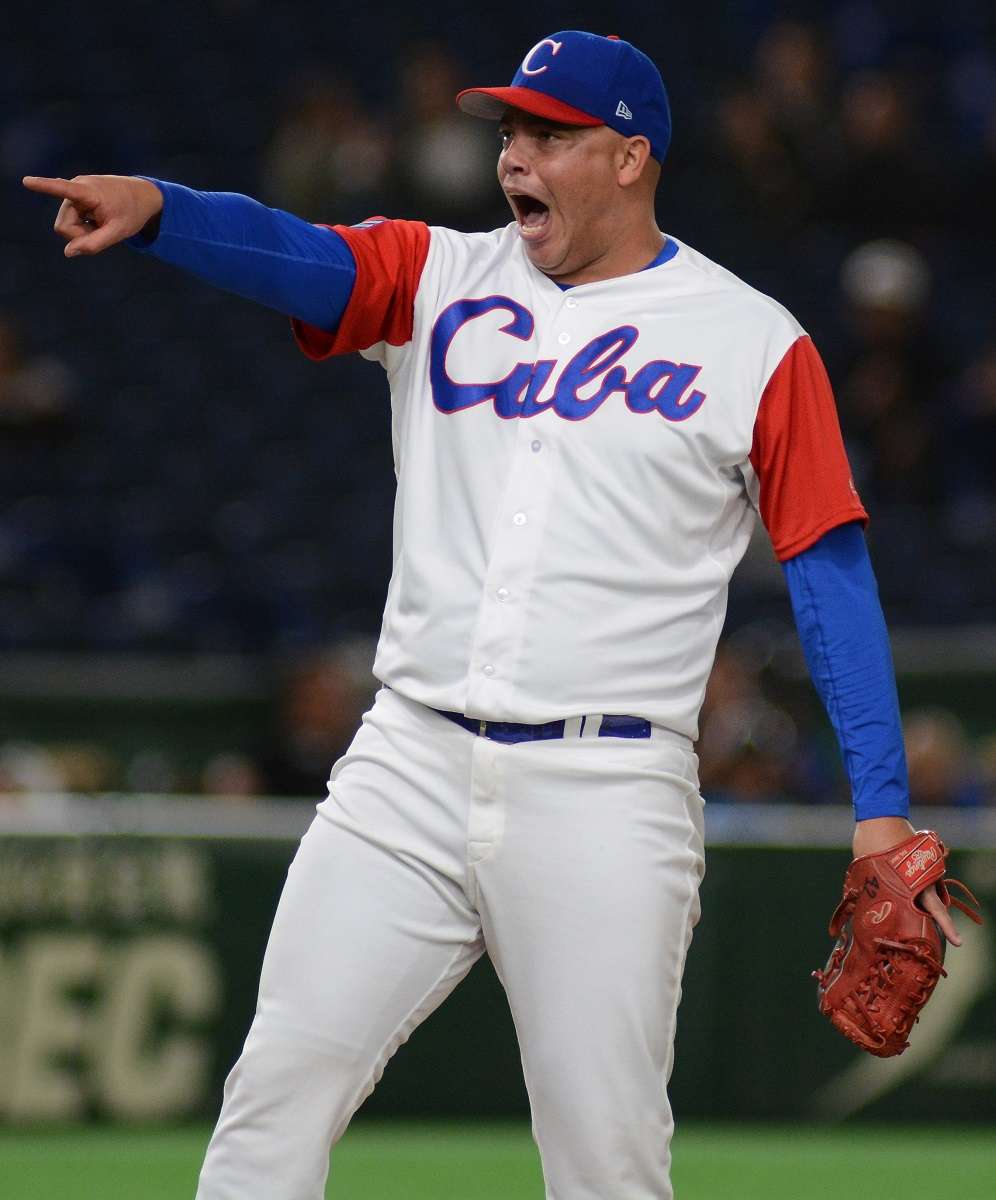



Apart from the euphoria, the second round was an impossible mission due to the real level of the team and the performance of the opponents. Japan, Israel and the Netherlands appeared as insurmountable obstacles; especially the tulips, transformed into the typical executioner that steals our sleep.
There was nothing to do. Three losses fell, one after the other, to close with a painful 14-1 knockout of the Dutch, the biggest gap we ever had in the history of the World Classics.
Today I accept that, despite the fact that the downturn in Cuban baseball was a reality, conformism somehow held the team back. The fact of admitting that we didn’t have enough for more and arriving only with the goal of advancing to the second stage prevented us from trying with more conviction for a superior result.
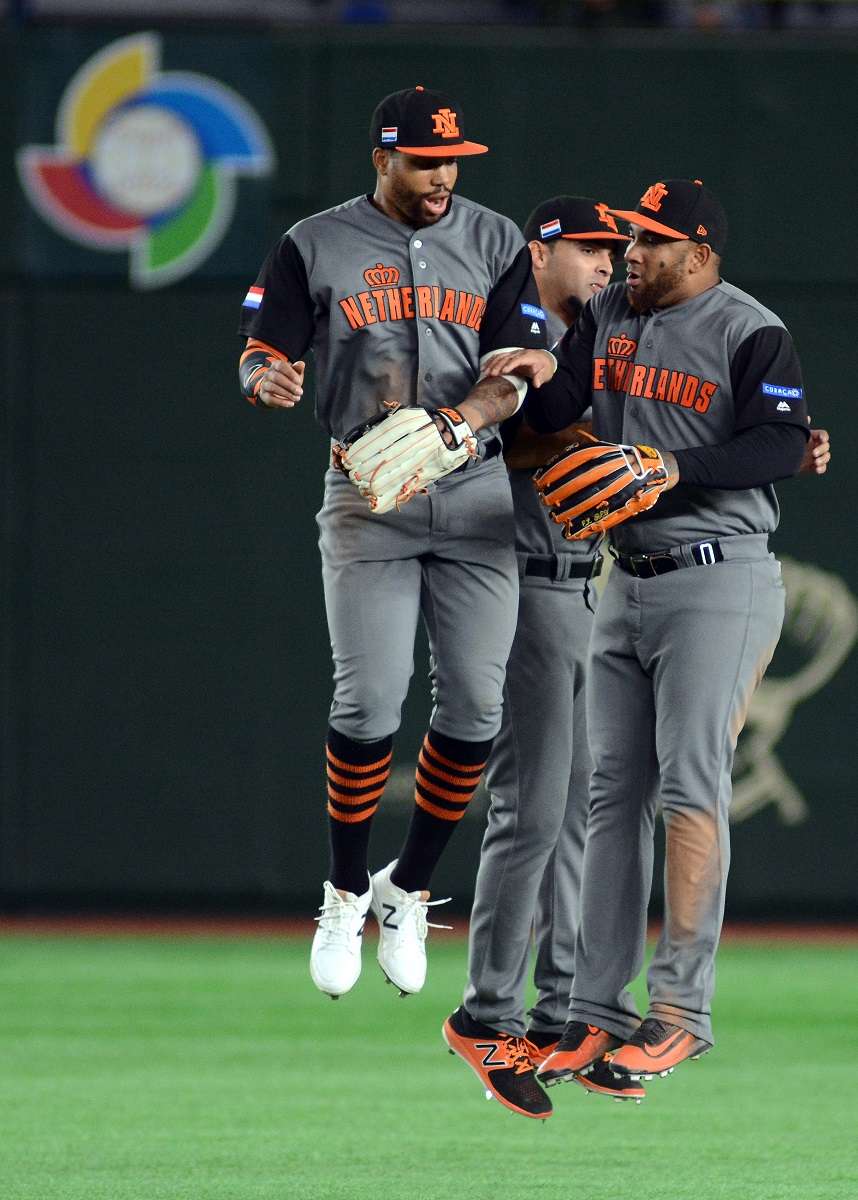

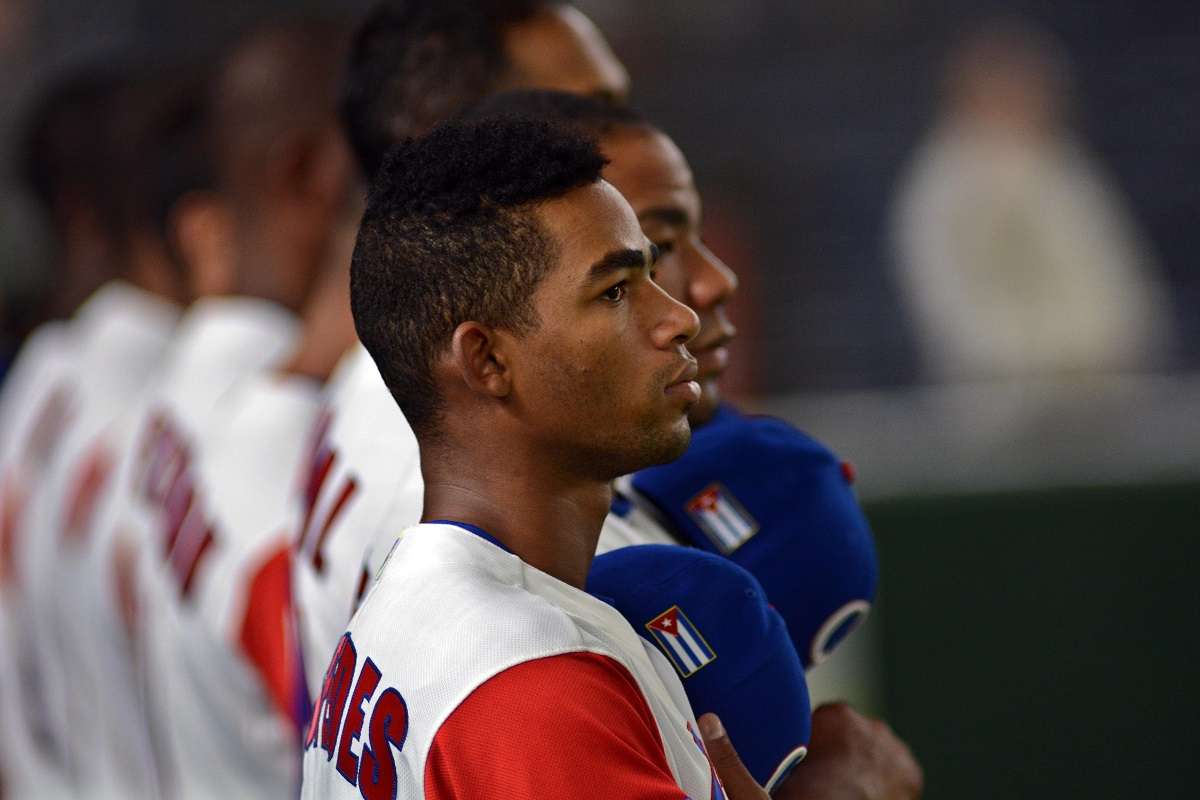

Despite the tough defeats and the limitations of the squad, it was once again shown that the event is an essential showcase for players with potential. For example, Yoelkis Céspedes, Yurisbel Gracial, Raidel Martínez and Liván Moinelo showed credentials that would open the doors to new opportunities in professional baseball.
On the other hand, although we couldn’t predict it in 2017, the fourth Clásico was the great Frederich Cepeda’s farewell to these events. Cepeda was a tremendous player, not only because of his career in the big tournament. On multiple occasions I saw high caliber players, before or after the games, go to where the Cuban star was to greet him, as a sign of respect for his tremendous quality and history. Cuba and its baseball will always be in debt to this tremendous athlete and luxury human being.
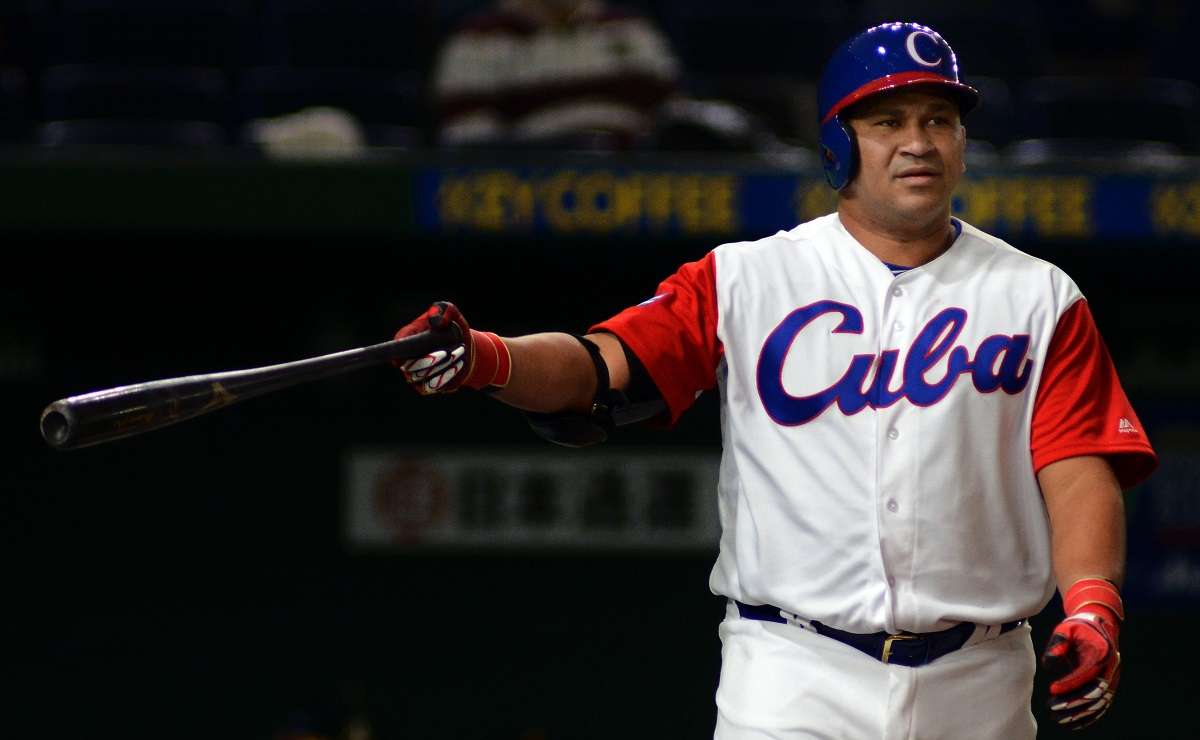



Thus closes this personal account of the first four editions of the World Baseball Classics, each of which I had the privilege of living at the foot of the field. If I have been able to narrate these episodes, it has been precisely because at other times the inclusion of entire press teams in high-level events was not seen as a simple expense, but as an investment in sport, national culture and caring for historical memory.
Hopefully in the future this mentality will recover and more press professionals will have the opportunity to experience moments like this with our athletes, recount their experiences and rescue the passages that the cameras cannot capture. It is an investment for everyone. Only then can we provide you, the general public, with new stories.
Previous installments of the series:

